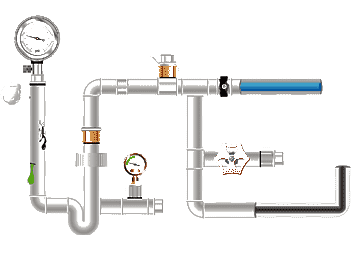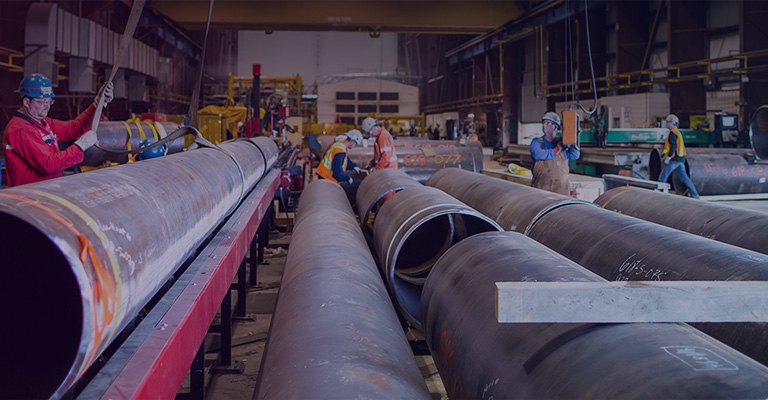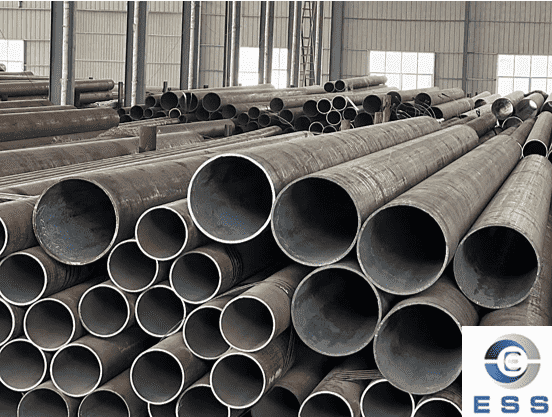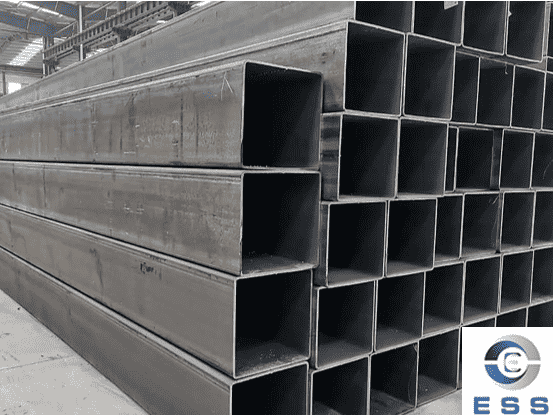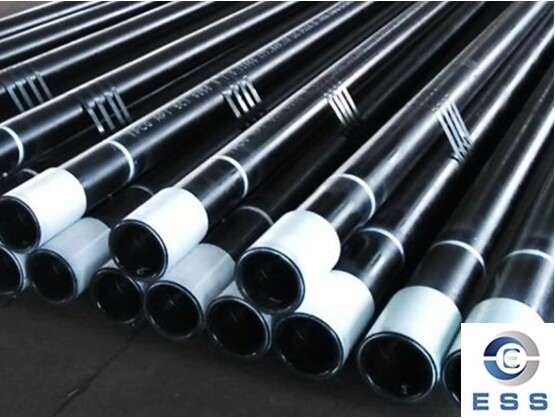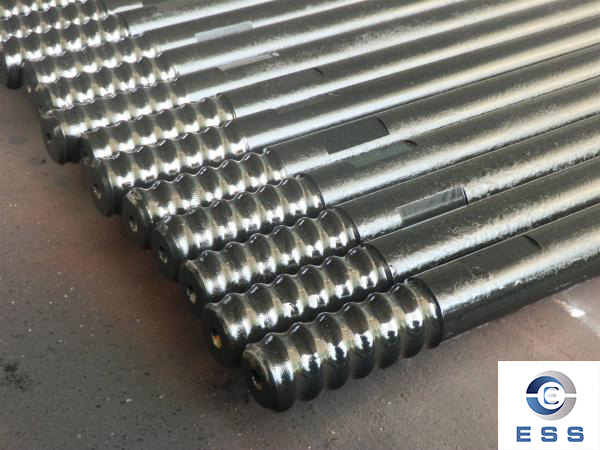
Reasons for drill sticking
Drill sticking is one of the common problems in drilling operations. There are many reasons that may cause drill pipe stuck in the well, such as poor formation stability in the well, poor circulation of drilling fluid, abnormal specific gravity of drilling fluid, unreasonable drill bit structure, improper construction operation, etc. Therefore, when a drill sticking problem occurs, drilling personnel need to make a comprehensive analysis to form a judgment.
Solution
1. Stop operation
When it is found that the drill pipe is stuck in the well, the operation should be stopped first and all personnel should be evacuated safely to avoid personal injury and equipment damage.
2. Check the drilling situation
Drill pipe stuck is usually caused by complex bottom conditions. In this case, the best way is to stop the drilling operation first and conduct a comprehensive inspection of the drilling conditions such as well depth and drilling speed. If these data change, it is likely that the bottom conditions have changed. Adjusting the drill bit parameters according to the changes may solve the problem of stuck.
3. Take measures
Take appropriate measures for the cause of the stuck drill. If the stability of the formation downhole is poor, the control can be strengthened by adjusting the drilling fluid formula, reducing the drilling speed, reducing the drilling speed, etc. If the drill bit is stuck due to an unreasonable drill bit structure, you can reselect an appropriate drill bit.
If the bottom hole conditions have not changed after inspection, it means that the problem may be that the drill pipe is hanging on the well wall. At this time, a special unstuck tool can be used to solve it. There are many kinds of unstuck tools to choose from, such as fishing magnets, drill pipe axis torque, etc. The specific tool to be used needs to be selected based on factors such as well depth and wellbore diameter.
(1) Use drill pipe recovery tool
Prepare a special drill pipe recovery tool, usually a long rod with a clamp;Put the drill pipe recovery tool into the hole, clamp the fallen drill pipe with the clamp, and then slowly lift it up;Note that in the process of lifting the drill pipe, make sure that there are no other obstacles between the drill pipe and the hole wall to avoid further problems.
(2) Use heavy objects to lift
Prepare a rope and a heavy enough object, such as a heavy hammer or a large pallet;Tie the rope to the fallen drill pipe and connect the heavy object with the rope;Slowly lift the heavy object to pull up the fallen drill pipe. Be careful during this process to ensure that the drill pipe is lifted firmly.
(3) Reverse rotation to release the jam
If the jam release tool cannot solve the problem, you can use the reverse rotation method. That is, change the rotation direction and reduce the friction between the drill pipe and the well wall by rotating in the opposite direction, thereby solving the jam problem. It should be noted that when rotating in the opposite direction, pay attention to controlling the time and speed to avoid accidents such as twisting the drill pipe or blocking the wellhead.
(4) Use drilling fluid
If the above methods cannot solve the problem, you can consider using drilling fluid to solve it. Generally speaking, adding a certain amount of drilling fluid can increase the gap between the wellbore and the drill pipe, thereby reducing the friction between the drill pipe and the well wall. In this way, the drill pipe can be removed smoothly.
(5) Use hydraulic pressurization method
Use the pressurization function provided by the hydraulic system to inject high-pressure liquid into the hole;The pressure of the high-pressure liquid will push the drill pipe out of the hole;When using this method, make sure that the system sets the correct pressurization parameters to avoid unnecessary damage to the wellbore.
4. Preventive control
In addition to solving the problem of drill sticking, preventive control is also very important. Drilling personnel need to operate carefully and conduct detailed inspections during the construction process, and timely track and monitor all parameters of the drilling operation in order to detect underground dangers and take measures to avoid accidents.
The above are several ways to solve the problem of drill pipe sticking. During the drilling process, you must always be vigilant and solve problems in a timely manner to ensure the smooth progress of the drilling work.
In short, underground drill pipe sticking is a common problem in oil drilling operations. Drilling personnel need to take effective measures to solve the problem and ensure production safety and efficiency. At the same time, preventive control is also particularly important to avoid underground dangers and improve the efficiency of drilling operations.









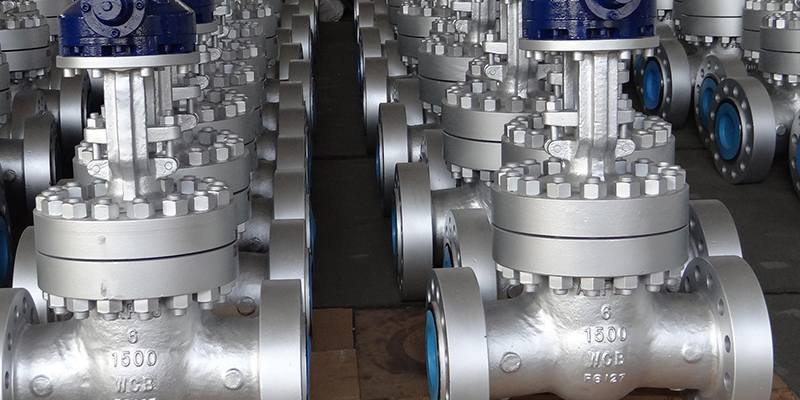
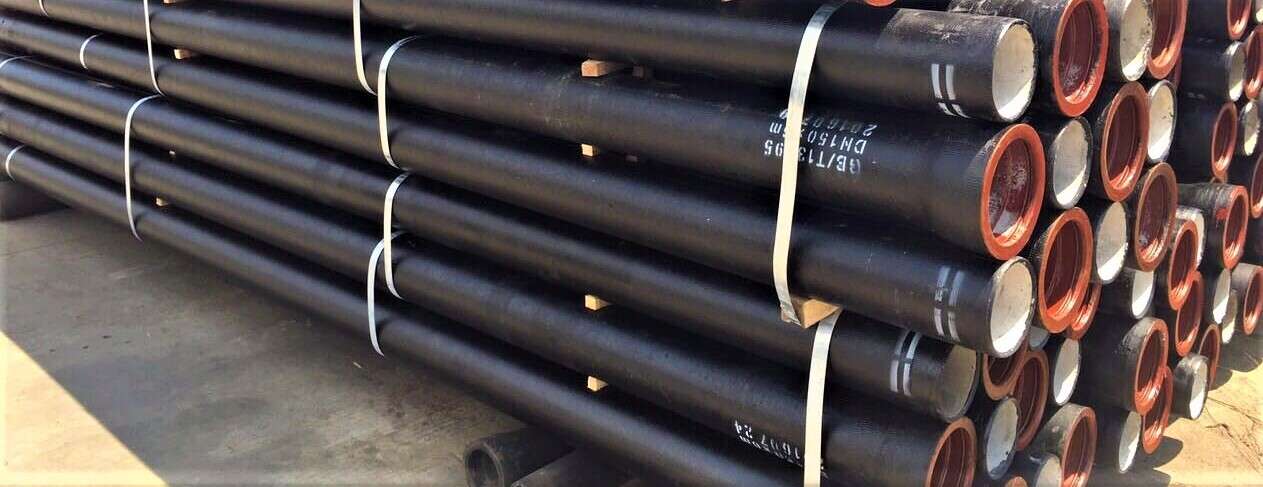


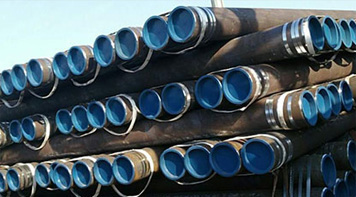 Eastern Steel Manufacturing Co.,Ltd not only improve product production and sales services, but also provide additional value-added services. As long as you need, we can complete your specific needs together.
Eastern Steel Manufacturing Co.,Ltd not only improve product production and sales services, but also provide additional value-added services. As long as you need, we can complete your specific needs together.
